Description
Human Cell and Human Cell Diagram!
Has your little one ever been curious about the smallest part of our body? It’s the Human Cell. Learn about the Human Cell Diagram in this Children’s Science Book.
This science reader will discuss Human cells
In this interesting Children’s Science Reader your little ones will know all about the human cell diagram. They will find out about the substance present inside the cell which include mitochondria, ribosome, nucleus, cytoplasm and lysosomes and more. All these substances have different roles and functions. What is a chromosome and where is it present?
Learn and make some human cell diagrams
Human Cell is the smallest part of our body, it is present underneath our skin and muscles. In this reader your child will be able to know how our cells divide. Learn which component is responsible for the production of protein and which one is responsible for taking out all unwanted substance from our cell?
In the end of this Science Reader your children will be able to label every part of the human cell diagram meanwhile having lots of un.
Parts of human cells and easy diagrams
A human cell is the basic unit of life in the human body. Firstly, it is composed of different parts that work together to perform specific functions. The parts of a human cell include the cell membrane, nucleus, cytoplasm, mitochondria, endoplasmic reticulum, Golgi apparatus, lysosomes, vacuoles, and ribosomes. The cell membrane is a thin, flexible layer that surrounds the cell and regulates what comes in and out. The nucleus is the control center of the cell because it contains genetic material.
Other important parts
The cytoplasm is a gel-like substance that contains organelles and provides structural support for the cell. Human cell diagram are also given in book for kids to practice. Mitochondria are responsible for energy production. The endoplasmic reticulum is a network of membrane-bound channels that transport molecules in and out of the cell. The golgi apparatus packages and secretes molecules are qually important. Lysosomes contain digestive enzymes that break down and recycle molecules. Vacuoles are large, fluid-filled sacs that store substances. Ribosomes are tiny organelles that produce proteins finally.
Want to read more books besides this one?
Want to know about “Largest organ in Human Body“. Follow the link to read this book.

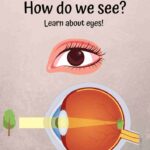

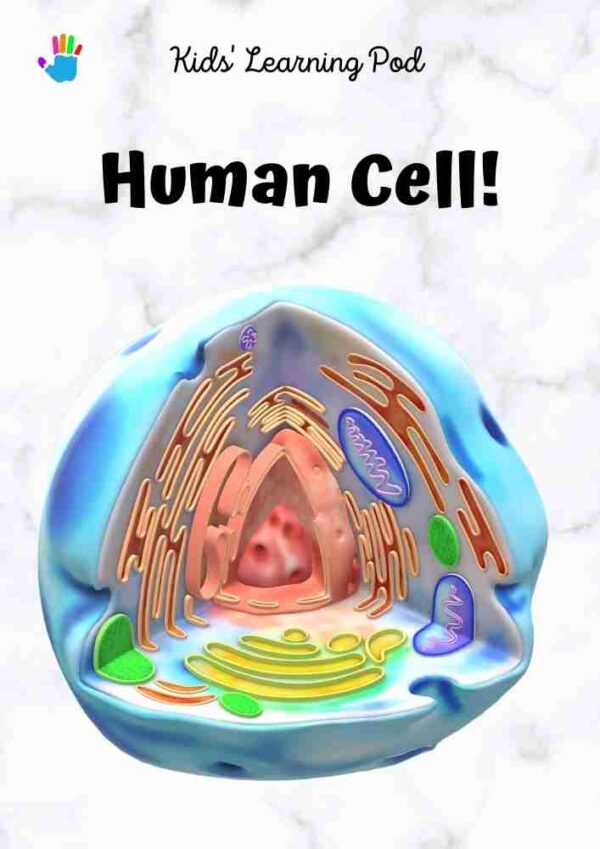
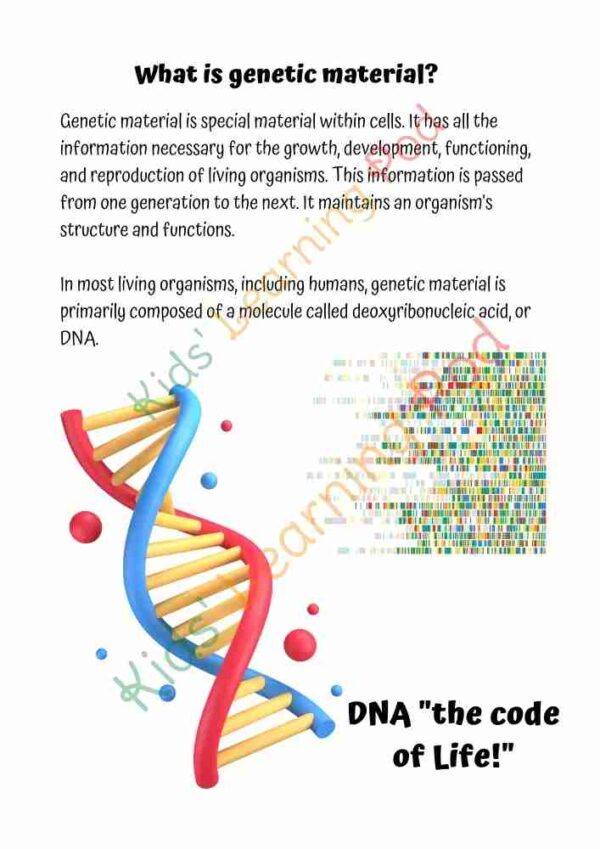
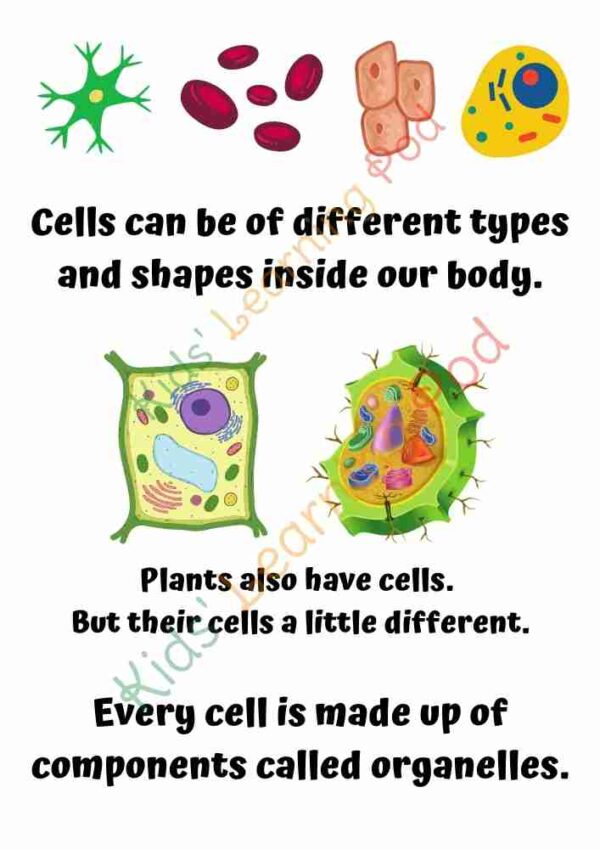
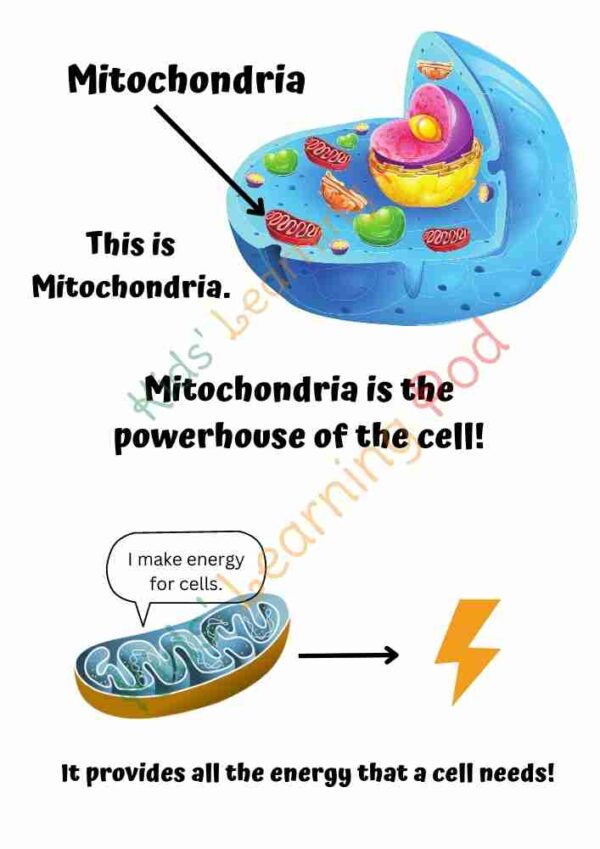
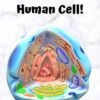
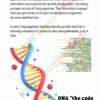
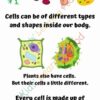
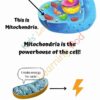


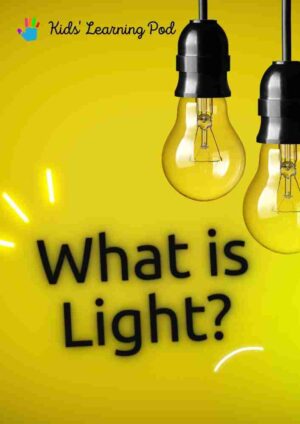

Reviews
There are no reviews yet.